In the heart of Spain, the arrival of Ramadan brings a time of profound spiritual significance and cultural celebration. Muslims worldwide anticipate this holiest month with reverence, engaging in fasting, prayer, reflection, and acts of charity. Amidst the rich history and heritage of Spain, Ramadan offers a perfect opportunity to explore the country's Islamic legacy, particularly through its magnificent mosques. The Great Mosque of Cordoba stands as a captivating testament to this heritage, with its intricate design and historical significance continuing to enthrall visitors from across the globe. As we embark on a journey through Spain's Islamic heritage during Ramadan, we are reminded of the deep interconnectedness of faith, history, and culture, fostering spiritual renewal and communal connection.
Historical Background
The Great Mosque of Cordoba, known as the Mezquita, stands as a testament to the rich history of Islamic rule in Spain during the eighth century under Al-Andalus. Commissioned by Abd al-Rahman I, the first Umayyad emir of Cordoba, its construction began in 785 CE. The mosque's evolution over the centuries reflects a fascinating fusion of cultural influences unique to the region. Originally built on the site of a Visigothic church, believed to have been constructed over a Roman temple, the Mosque served as a prominent symbol of the Islamic emirate's power and influence in Al-Andalus. As a central place of worship for Muslims, it remains a profound architectural and historical treasure, showcasing the enduring legacy of Islamic civilization in Spain.
Architectural Marvel: Exploring the Mosque-Cathedral of Cordoba
The Mosque-Cathedral of Cordoba stands as a remarkable testament to the rich tapestry of history and culture in Spain, reflecting centuries of Islamic, Christian, and Moorish influences. Originally built as a mosque in the 8th century by Abd al-Rahman I, it underwent extensive expansion in the following centuries, ultimately becoming one of the largest sacred buildings in the Islamic world. Its hypostyle hall, adorned with over 850 pillars of porphyry, jasper, and marble, creates a breathtaking forest of columns supporting tiers of horseshoe arches, showcasing the exquisite craftsmanship of Islamic builders. Despite its conversion into a Christian cathedral in the 13th century, the Mosque-Cathedral's architectural splendor endures, captivating visitors with its fusion of Islamic, Byzantine, and Visigothic styles. Today, it stands as a symbol of cultural exchange and coexistence, bridging the past with the present and inviting admiration for its timeless beauty and historical significance.

Cultural Icon: The Great Mosque of Cordoba
The Great Mosque of Cordoba bears profound cultural importance for individuals of all faiths, in addition to its stunning architectural magnificence. In the era of Islamic prosperity, Cordoba thrived as a prominent hub of scholarship and cognitive discourse, with the grand mosque acting as a dynamic nucleus for erudite minds, researchers, and religious scholars from diverse corners of the globe. Beyond a mere location for religious activities, the mosque symbolized the dominance and impact of Islam in Spain, its expansive size and luxurious architecture mirroring the wealth and refinement of Al-Andalus. Over the ages, the Grand Mosque stood as a bastion of culture, exerting a profound influence on architectural trends not only within Spain but also throughout the broader Islamic sphere. Presently, it is revered as a gem of Islamic Spain, renowned for its historical significance, architectural excellence, and lasting cultural influence, beckoning guests to admire its eternal splendor and abundant heritage.
A Testament to Multicultural Heritage: The Great Mosque of Cordoba
Despite enduring transformations over centuries, including its conversion into a cathedral following the Reconquista, the Great Mosque of Cordoba remains an emblem of Spain's rich multicultural past. Its designation as a UNESCO World Heritage Site underscores its universal value and enduring cultural significance. Today, the mosque continues to captivate millions of visitors, serving as a poignant reminder of the intertwined destinies of the Islamic world and Europe, and inspiring awe with its beauty and history. Beyond its historical importance, the Mosque-Cathedral stands as a beacon of interfaith dialogue, celebrating Spain's diverse heritage and the lasting impact of Islamic architecture on its culture. Through preservation efforts, Spain honors its Islamic legacy, fostering appreciation for its multicultural identity and promoting cultural exchange.
Embracing Heritage for a Unified Future
The Great Mosque of Cordoba stands as a beacon of enlightenment and tolerance, embodying the enduring legacy of Islamic civilization and Spain's multicultural heritage. Its architectural splendor, historical significance, and cultural resonance serve as a reminder of our shared humanity and the importance of preserving our collective heritage. As we marvel at its timeless beauty and profound impact, let us heed its message of unity and diversity, striving to bridge divides and build a more inclusive and harmonious future. Through understanding and appreciation, we can cherish the cultural treasures that unite humanity and ensure that the legacy of the Great Mosque of Cordoba continues to inspire generations to come.



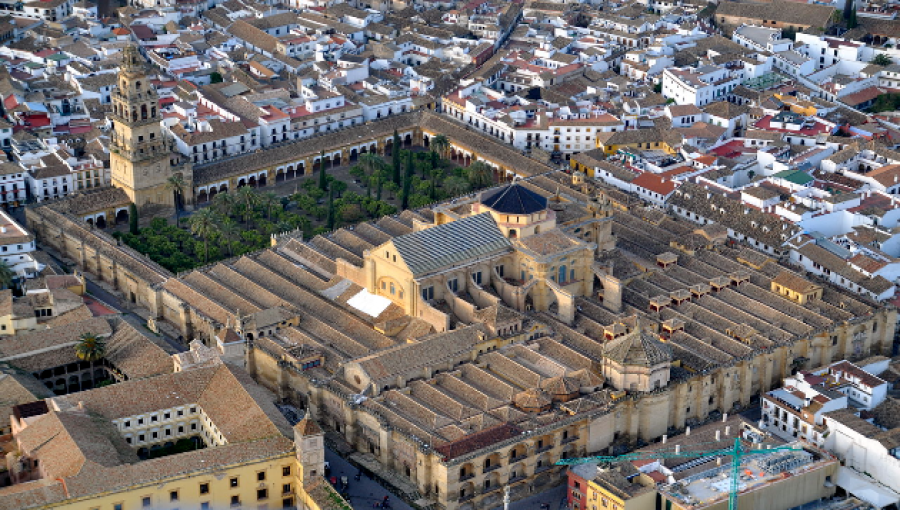
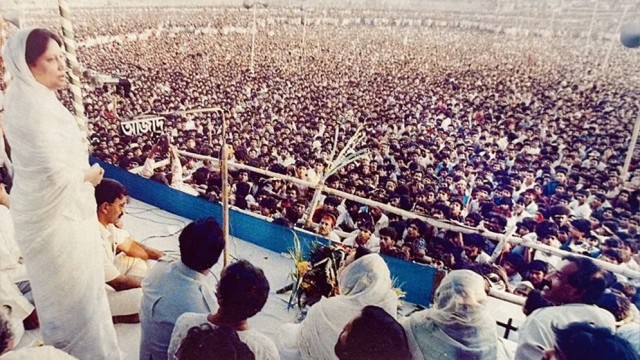


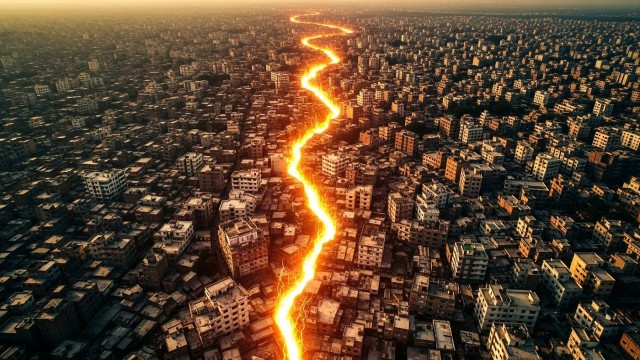


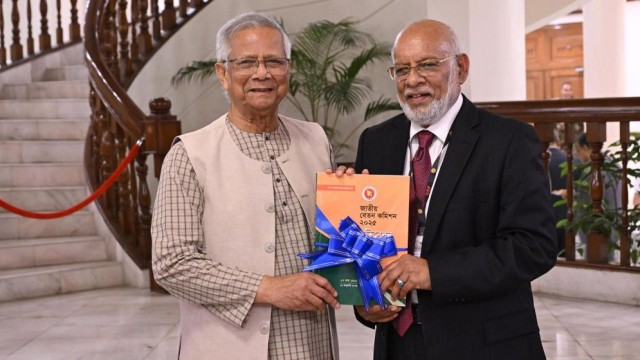






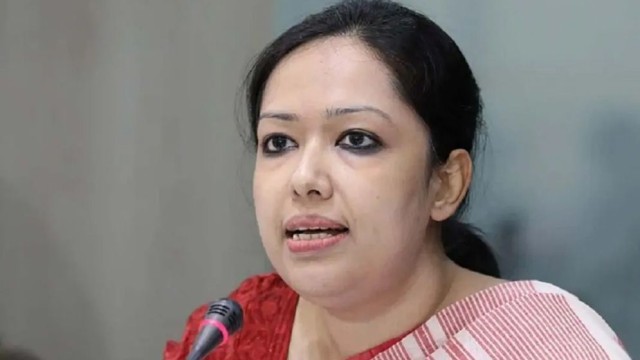
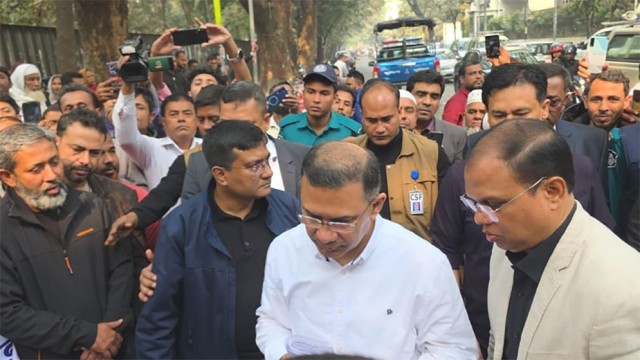











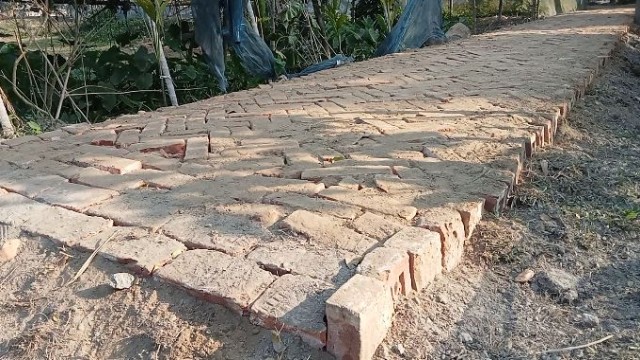
Comment: